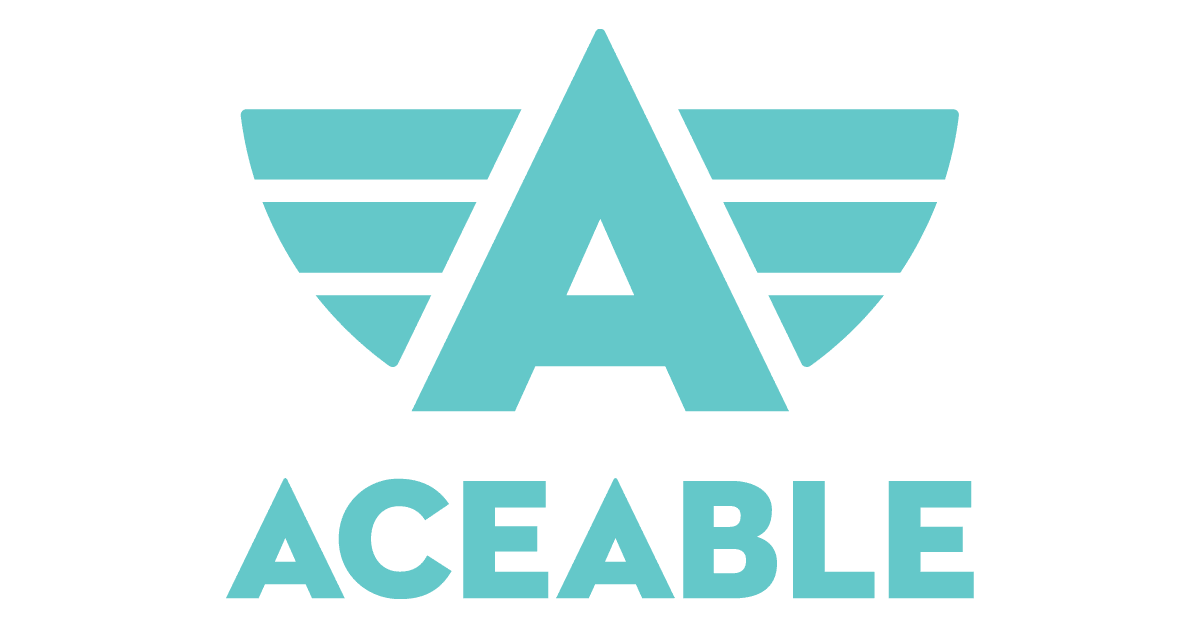Affiliate Disclosure: Automoblog and its partners may earn a commission if you purchase courses offered by the driver’s education providers outlined below. These commissions come to us at no additional cost to you. Our research team has carefully vetted dozens of driver’s education providers. See our Privacy Policy to learn more.
- Driver’s ed is not required in all states, but it’s an essential part of becoming a safe and confident driver.
- You can register for online and behind-the-wheel driver’s ed courses as early as your 14th birthday.
- You’ll need a trusted adult or professional driving instructor to help you complete the supervised driving hours required by your state.
Getting a driver’s license is a big step towards independence. Whether you are excited about this milestone or anxious about getting behind the wheel, here’s some advice you might have heard from your parents: don’t take shortcuts. Driver’s ed is the key to confident driving.
This guide will help you find the best online driver’s ed courses and take an active role in your driving education. Want your parents to be in the loop? Send them a link to our Complete Parent’s Guide to Driver’s Ed.
Do I Have to Take Driver’s Ed?
Most – but not all – states require teens to take some form of driver’s education before receiving their learner’s permit.
To find your state’s requirements, go to your state’s Department of Motor Vehicles (DMV) website. Where you live, this office may go by another name, such as the Motor Vehicle Division (MVD), the Bureau of Motor Vehicles (BMV), or the Department of Transportation Services (DTS).
5 Steps to Getting Your License
First, find out if driver’s ed is required in your state. Then, follow these steps:
- If your state requires driver’s ed, find a DMV-approved course, either online or in-person. These range from five to 30 hours in length, depending on your state. This course may or may not include behind-the-wheel instruction.
If your state does not require driver’s ed, find out how to study for your state’s permit test. This may involve studying written materials, supervised driving with an adult, or both. An online driver’s ed course – even if it’s not required in your state – is a good way to practice for your permit test.
- Take the learner’s permit test.
- Complete the number of adult-supervised driving hours required by the Graduated Licensing Laws (GDL) in your state.
- Take a written and/or road test to receive your provisional license. This allows you to drive without an adult, but with certain restrictions. For example, you may not be allowed to drive at night or with other people in your car.
- After you’ve had your provisional license for a period of time without incident, you will receive your full driver’s license. Congrats!
What Does Driver’s Ed Teach You?
One of the first things you’ll learn in driver’s ed is how dangerous driving can be for young people. Injuries from motor vehicle accidents are the leading cause of death for teens.
Thankfully, you can keep yourself safe by knowing what to do – and what not to do – when you get behind the wheel. Here’s an overview of what you’ll learn in driver’s ed:
How to Operate a Motor Vehicle
- Dashboard controls
- Hood and gas cap release
- Starting and turning off the engine
- Steering wheel and mirror adjustment
- Proper signaling (turn signals, hazards)
- Safety features (air bags, seatbelts, emergency brake)
How to Understand and Follow Traffic Laws
- Speed limit
- Parking and parking lot safety
- Road sign and traffic light recognition
- Traffic patterns (merging, roundabouts, passing lane)
- Road etiquette (sharing the road with cyclists, pedestrians)
How to Stay Safe on the Road
- Safe driving in inclement weather
- Anticipating other driver’s actions
- DUI laws and risks of impaired driving
- Dangers of distraction (texting and driving)
Is Driver’s Ed Easy?
Compared to algebra or AP English, driver’s ed might seem like a piece of cake. You do need to take it seriously, though.
Your Written Driver’s Ed Test
To pass the written portion of the license or learner’s permit test, you’ll need to memorize traffic laws and vehicle safety features. Do all the required reading and take good notes.
To feel more confident on test day, consider taking an online or in-person driver’s ed course even if your state doesn’t require it. If you’re a visual learner, try an online driver’s ed course that incorporates graphics and video.
Your Road Test
Practice is the key. The more hours you spend behind the wheel, the better you’ll do on test day. Some teens may need more than the required number of adult-supervised hours. A trusted adult can help you determine when you’re ready for the road test.
Is Driver’s Ed Free?
You’ll likely have to spend some money on driver’s ed, even if it’s just for materials. Here’s an overview of costs associated with driver’s ed courses:
- Free Driver’s Ed: Your public high school might offer driver’s ed for free or for a small fee. If so, talk to your school guidance counselor about signing up early. There may be limited space.
- Budget-Friendly Driver’s Ed: If your school doesn’t offer driver’s ed, try an online course. According to our research, the average cost for an online driver’s ed course is about $50.
- Behind-the-Wheel Driver’s Ed: Behind-the-wheel training can significantly increase the cost of driver’s ed. For example, All Star Driving Education in Georgia offers a combined online and behind-the-wheel course for $350.00.
- Other Costs: Course materials, gasoline, and DMV reporting fees can add to the overall cost of driver’s ed.
How Old Do I Have to Be to Get My Permit?
You’ll start the learner’s permit process between the ages of 14 and 16.
In Arkansas, Arizona, Idaho, Iowa, Kansas, Michigan, Montana, North Dakota, and South Dakota, you can begin the learner stage at age 14.
In Connecticut, Delaware, Washington D.C.Kentucky, Massachusetts, New Jersey, New York, Pennsylvania, and Rhode Island, you have to wait until you’re 16.
The remaining states allow teens to begin the learner’s stage of driver’s education at age 15.
Where Can I Take Driver’s Ed?
Depending on where you live, driver’s ed courses may be available at your school or at a private driving school.
If you choose to take driver’s ed online, you can take the course from your own living room on a laptop or tablet.
Online driver’s education providers like Aceable, IMPROV, and iDriveSafely have mobile apps that allow you to take your driver’s education on the go.
Can My Parents Teach Me to Drive?
It’s important for your parents – or another trusted adult – to take an active role in your driver’s education.
- Parents can help you complete the adult-supervised hours required by your state.
- In Texas and Oklahoma, a parent can become your official driver’s ed instructor through Parent Taught Driver’s Ed.
- Ask your parents to model good driving behavior so that you can learn by example. If you see your parents texting and driving, ask them to stop.
Staying Safe on the Road
So, you earned your official driver’s license. Now what?
Remember that you’re still a relatively inexperienced driver. Stay safe by following these guidelines:
- Always wear a seatbelt.
- Don’t drink and drive, no matter what.
- Continue to drive with trusted adults and take their driving advice to heart.
- Don’t allow your friends to distract you with loud music or boisterous conversations.
- Keep your phone out of reach so that you’re not tempted to reach for it when you’re behind the wheel.
- Trust that your parents have your best interests at heart and respect their rules about driving.
More Frequently Asked Questions About Driver’s Ed
Is online driver’s ed legit?
There are several DMV-approved online driver’s ed courses. You’ll have to get behind the wheel at some point, but an online course can satisfy the classroom portion of driver’s ed.
Which driver’s ed online course is best?
According to our rigorous methodology, the best online driver’s ed course provider is Aceable. DriversEd.com and IMPROV are close runners-up.
How many hours of driver’s ed do you need?
Driver’s ed requirements vary from state to state. You may be required to do as few as 5 or as many as 30 hours of driver’s education. Check with your state DMV for details.
Image by motortion via Adobe Stock.







